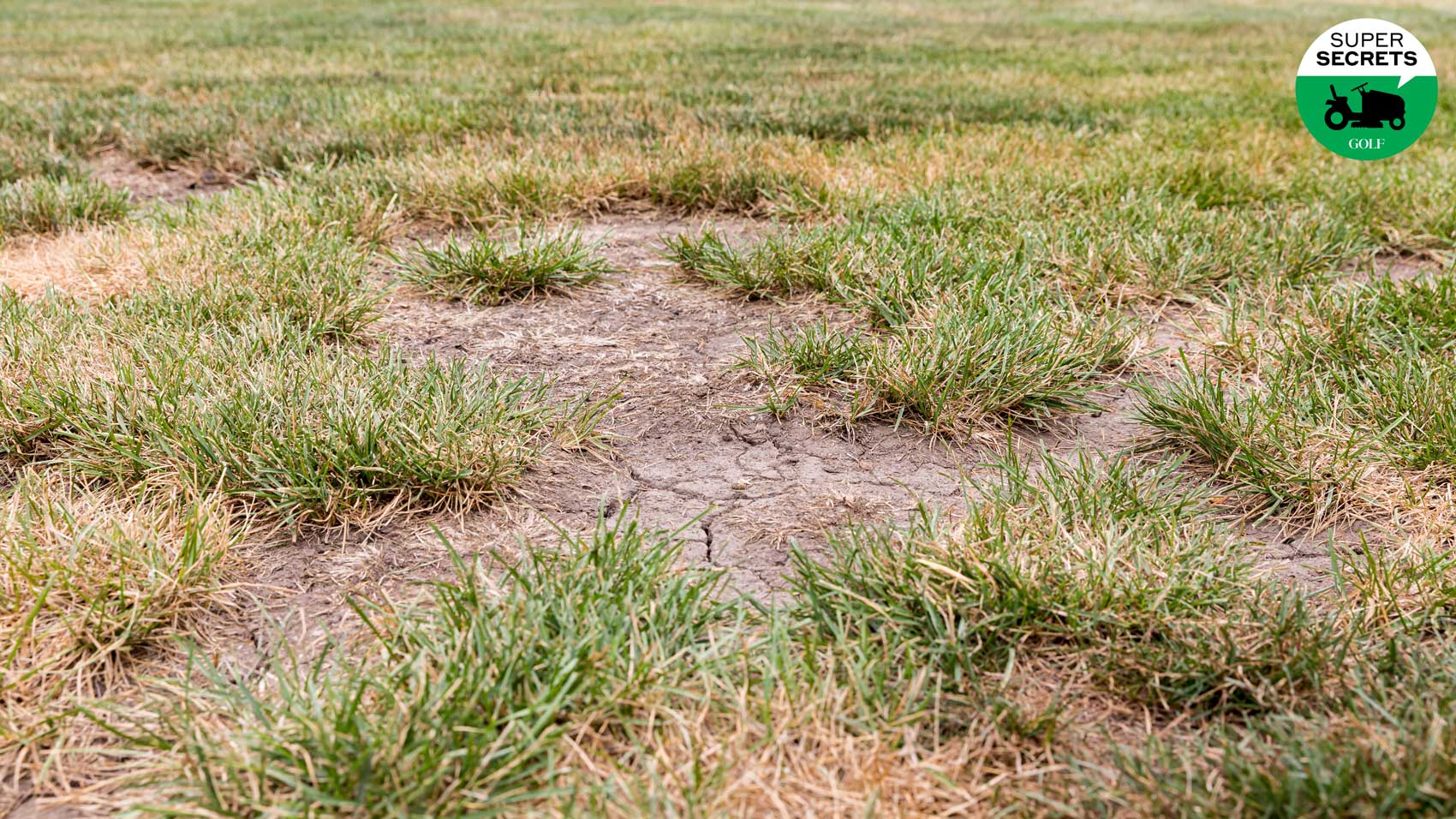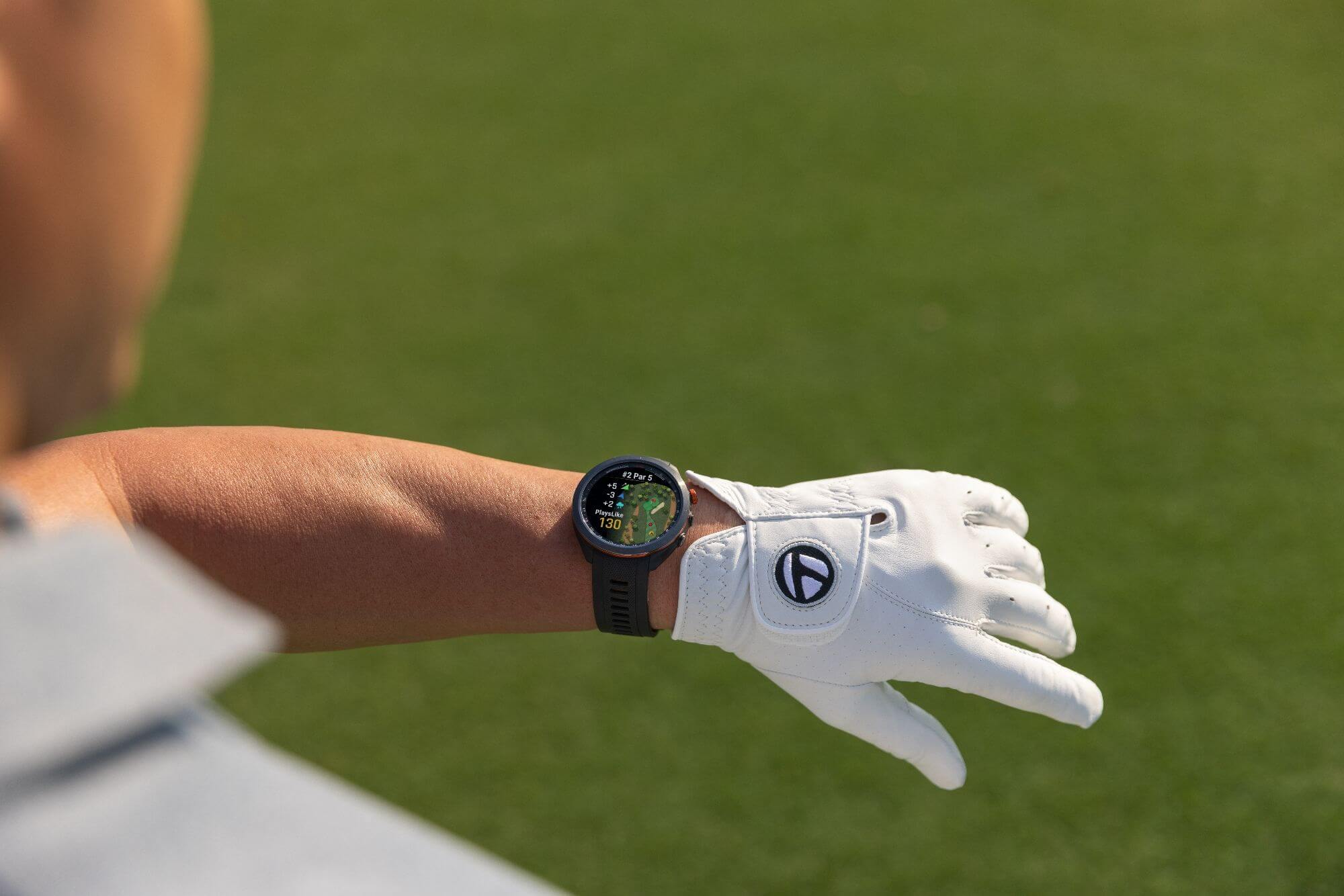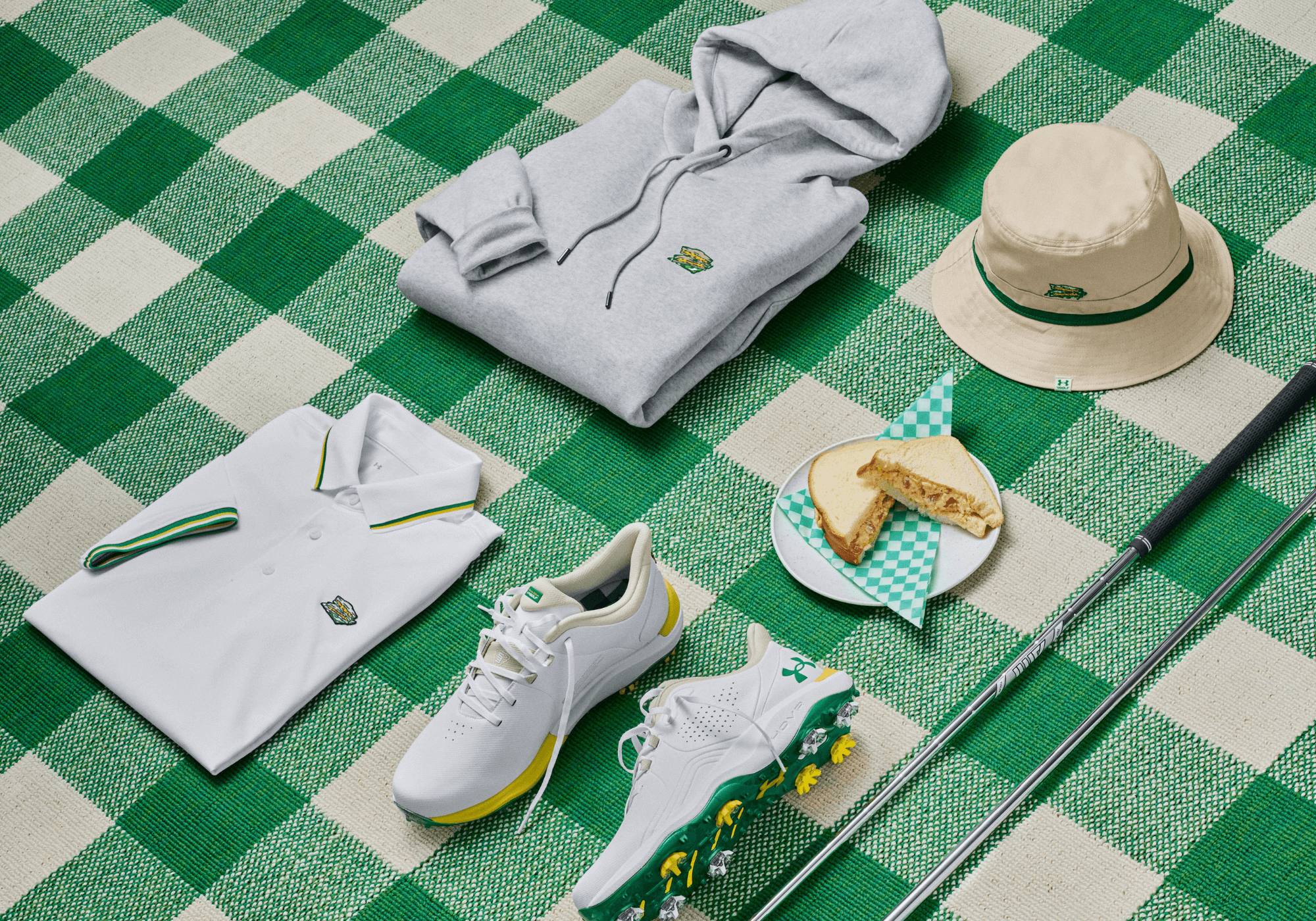MyGolfSpy Ball Lab is where we quantify the quality and consistency of the golf balls on the market to help you find the best ball for your money. Today, we’re taking a look at the Srixon Z-Star. An overview of the equipment we use can be found here. To learn more about our test process, how we define “bad” balls and our True Price metric, check out our About MyGolfSpy Ball Lab page.
I hadn’t expected to be circling back around to Srixon so quickly after the Q-Star Tour review but given those findings, many of you were intensely curious about what we’d find with Srixon’s true Tour offerings.
In an informal poll posted on Twitter last week, Z-Star was the overwhelming choice for the next review. No recount necessary. So here we are.
Will the Z-Star positively differentiate itself from the Q-Star Tour? Is there a redemption story to be had withing this Srixon Z-Star review?
Let’s find out.
About the Srixon Z-Star
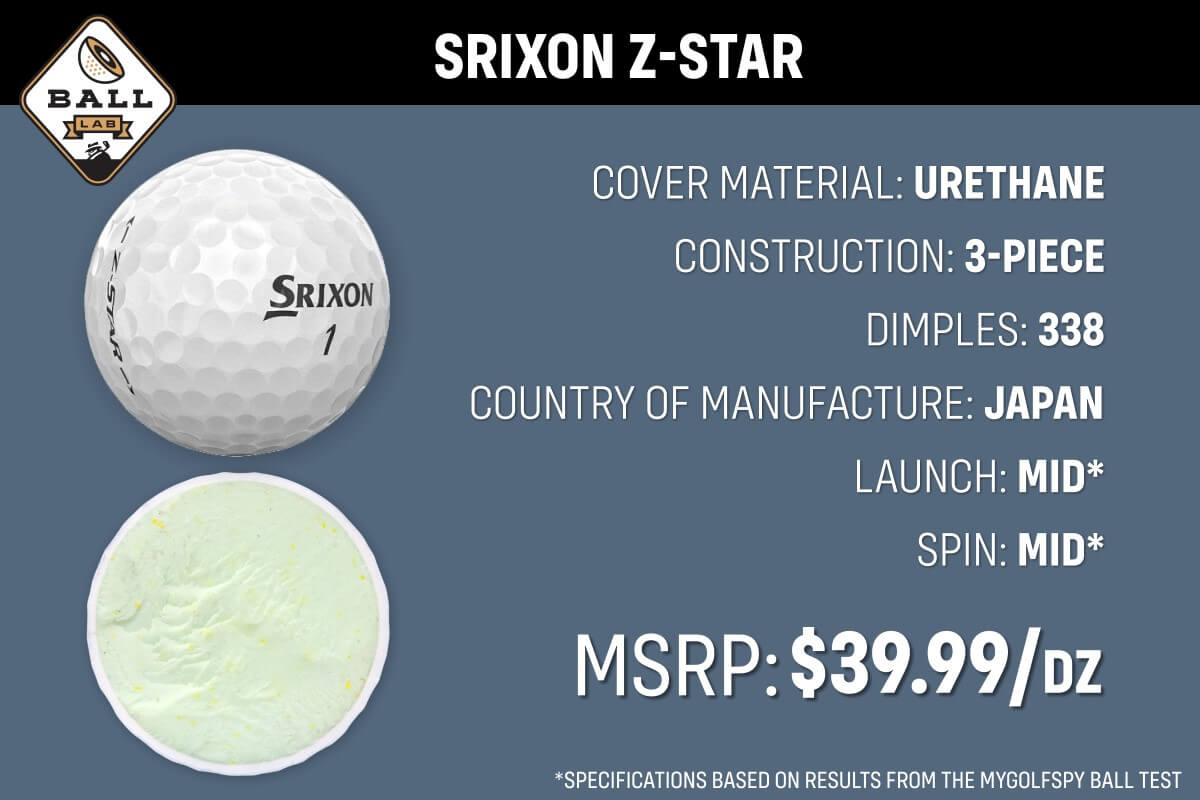
The Srixon Z-Star is a three-piece urethane “Tour” (i.e., PGA TOUR) offering. It is played on the PGA TOUR with some regularity.
Data collected during MyGolfSpy’s 2019 Ball Test suggests the Srixon Z-Star is a mid-launch, mid-spin ball. While the retail price is $39.99 at the time of this writing, the Z-Star is currently available on a “buy two, get one free” special.
All of the balls in our Srixon Z-Star sample were manufactured at Srixon’s factory in Japan. This is notable because the Q-Star Tours we tested were made at the company’s plant in Indonesia. Whether there’s a quality difference between factories is something we’ll be looking at as we continue to test Srixon balls.
Srixon Z-Star – Compression
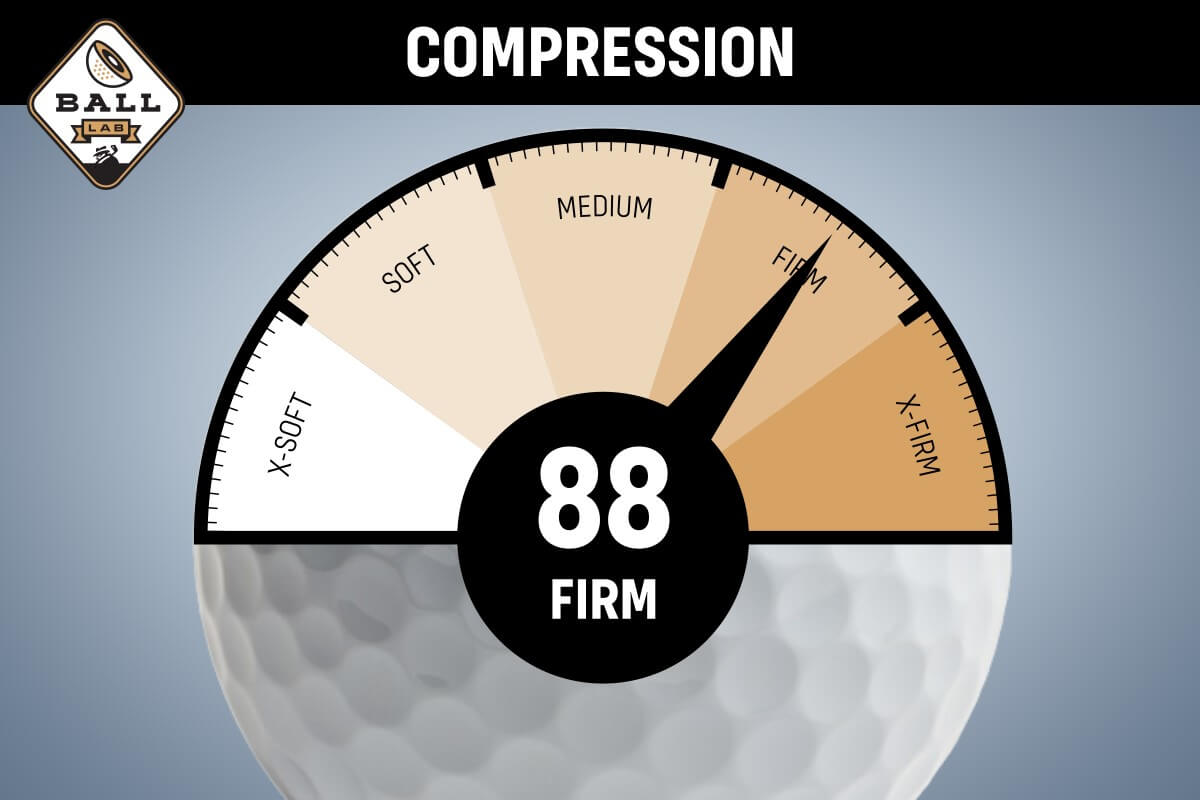
On our gauge, the average compression of the Srixon Z-Star is 88. Across the market as a whole, that qualifies as firm, though it’s fair to describe Z-Star as soft by Tour standards. You can think of it as splitting the difference between the Bridgestone Tour B XS (likely the softest ball played on Tour) and the Titleist Pro V1.
Srixon Z-Star – Weight and Diameter

- None of the balls in the Srixon Z-Star sample failed to meet our standard for roundness.
- None of the balls tested exceeded the USGA weight limit of 1.620 ounces.
That’s certainly an improvement over our previous Srixon Z-Star review.
We found no notable issues with weight, size or roundness, though I’d be remiss not to mention that Srixon Z-Star runs both a tad big and a tad light for the Tour category. There’s potentially a small speed penalty in that.
Srixon Z-Star – Inspection
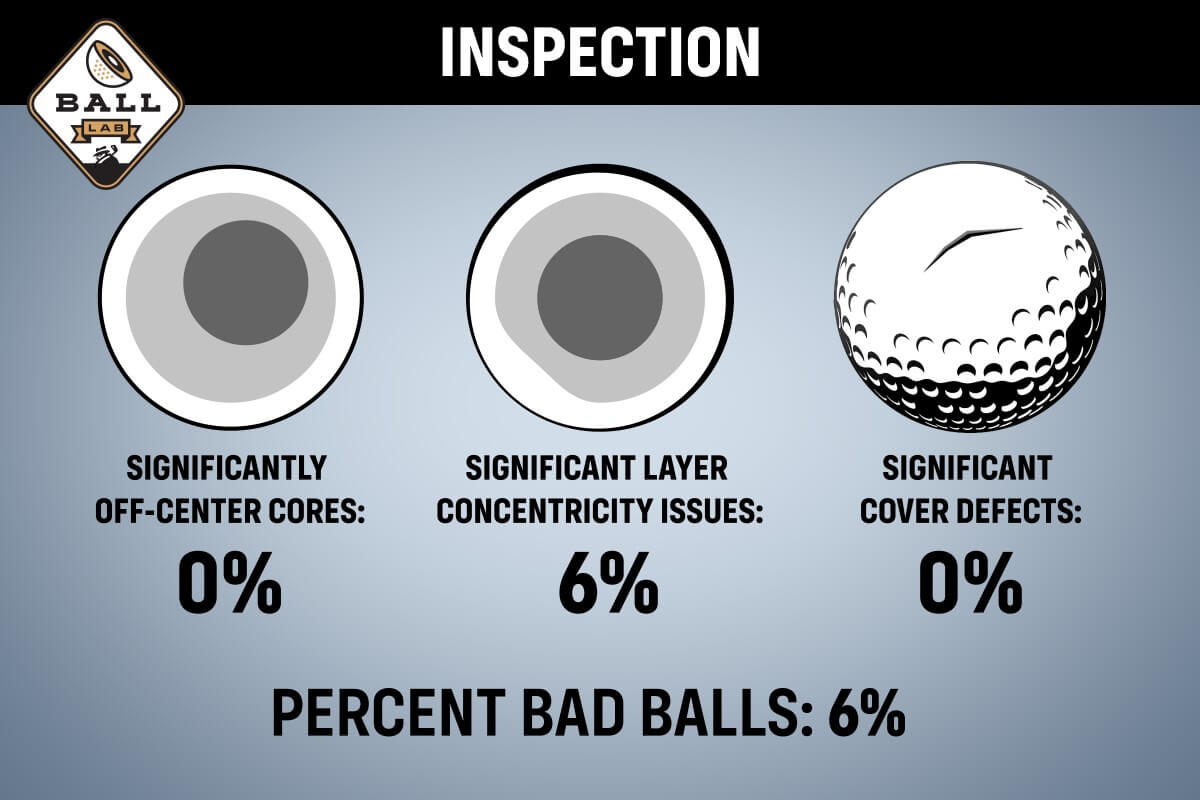
Centeredness and Concentricity
As with the Q-Star Tour, rating the guts of the Srixon Z-Star poses a little bit of a challenge. The mantle is often indistinguishable from Srixon’s super-thin covers. That makes problems with cover thickness more difficult to spot and also makes centeredness and concentricity issues a bit easier to identify.
It also makes some people think we don’t know what we’re talking about when we say it’s a three-piece ball.
During the visual inspection, we flagged six percent of our sample as bad. As with Q-Star Tour, the issue was predominantly the thickness of the mantle layer. Zero percent is ideal but, frankly, six percent isn’t bad at all.
Minor defects (again, small layer concentricity issues) unlikely to cause performance issues were noted in just a bit more than a quarter of the sample.

Core color consistency was generally excellent. We again found visible bits of regrind, which is typically not cause for concern.
Cover
The covers and Spin Skin coating of the Srixon Z-Star balls in our sample were generally clean and free from defect.
General Observations
As noted previously, Srixon makes the thinnest cover in golf and while some of its competitors will say there is a point of diminishing returns, lack of greenside spin should not be a concern.
Z-Star Consistency
In this section, we detail the consistency of the Srixon Z-Star. It’s a measure of how similar the balls in our sample were to one another, relative to all of the models we’ve tested to date.
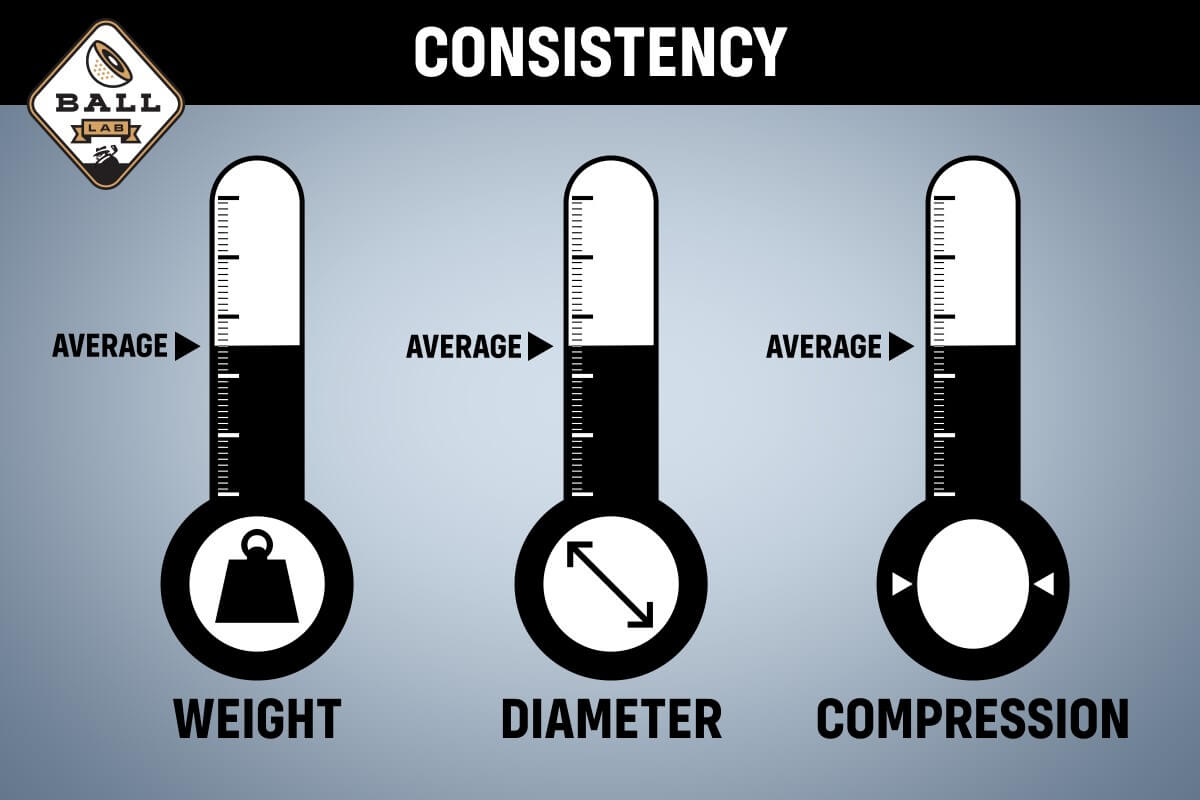
Weight Consistency
- Consistency (of weight) across the Srixon Z-Star is average.
- Weight variation between the heaviest and lightest ball in the sample was minimal.
Diameter Consistency
- Diameter consistency relative to the other balls in our database is average (approaching high-average).
- Not only was every ball in the sample round, the average diameter from one ball to the next is reasonably consistent with nothing standing out as unusually large or unusually small relative to the sample as a whole.
Compression Consistency
Given the issues we found with Q-Star Tour, average consistency is plenty good enough here.
As it was with the Q-Star Tour, the average compression across all the balls in our Z-Star sample is a bit better than average. When everything comes together, it’s a ball that falls in the average range for compression consistency.
True Price
True Price is how we quantify the quality of a golf ball. It’s a projection of what you’d have to spend to ensure you get 12 good balls.
The True Price will always be equal to or greater than the retail price. The greater the difference between the retail price and the True Price, the more you should be concerned about the quality of the ball.
Srixon Z-Star Review – Summary Report
To learn more about our test process, how we define “bad” balls and our True Price metric, check out our About MyGolfSpy Ball Lab page.

The Good
The Srixon Z-Star is a significant step-up in quality and consistency from the Q-Star Tour and is generally what we would describe as a good ball.
The Bad
With a couple of bad balls in the mix, the Srixon Z-Star isn’t perfect and the IBCR remains a bit of a concern.
True Price
The True Price of Srixon Z-Star is $42.39. That represents a six-percent increase over MSRP. Under normal circumstances, that’s a solid result but with Srixon currently running a “buy two, get one free” special, there’s outstanding bang for the buck to be had right now.
Ball Lab Top Performers
Want to know which balls have performed best in Ball Lab testing so far?
Check out:

